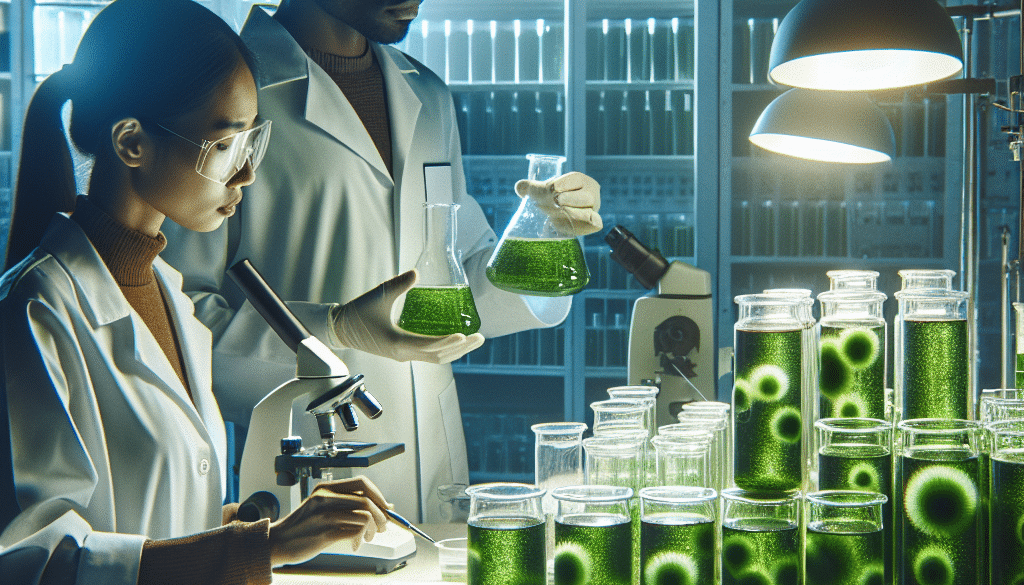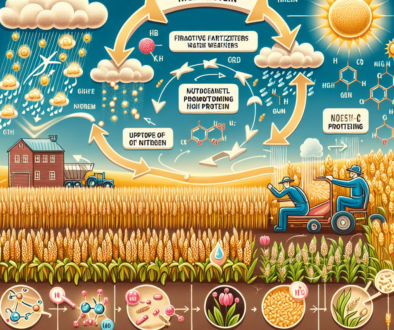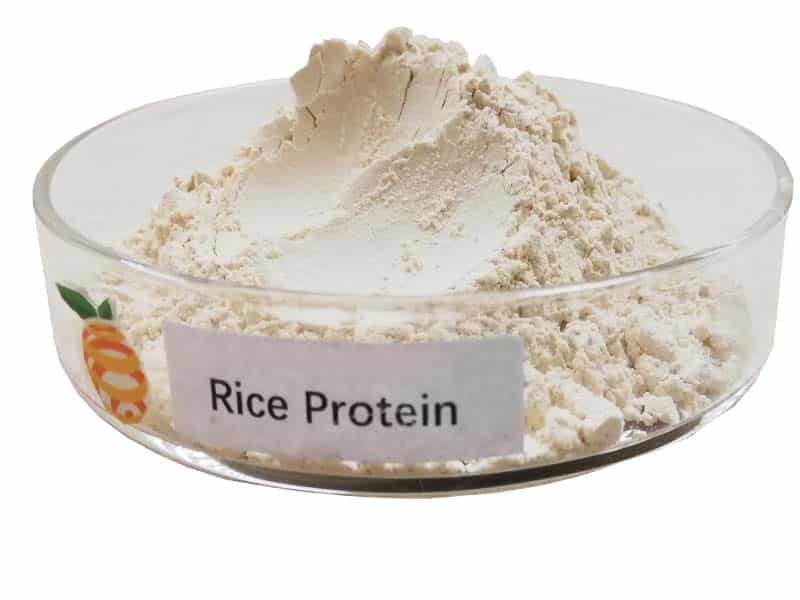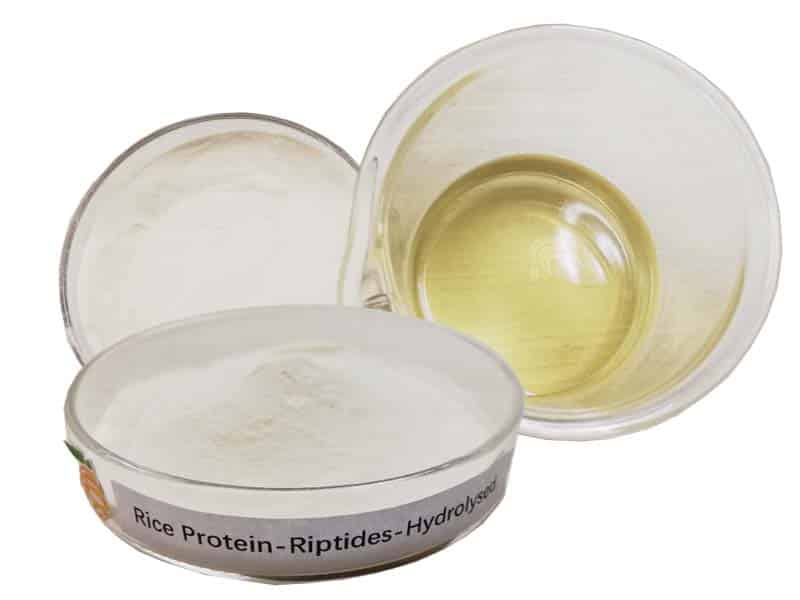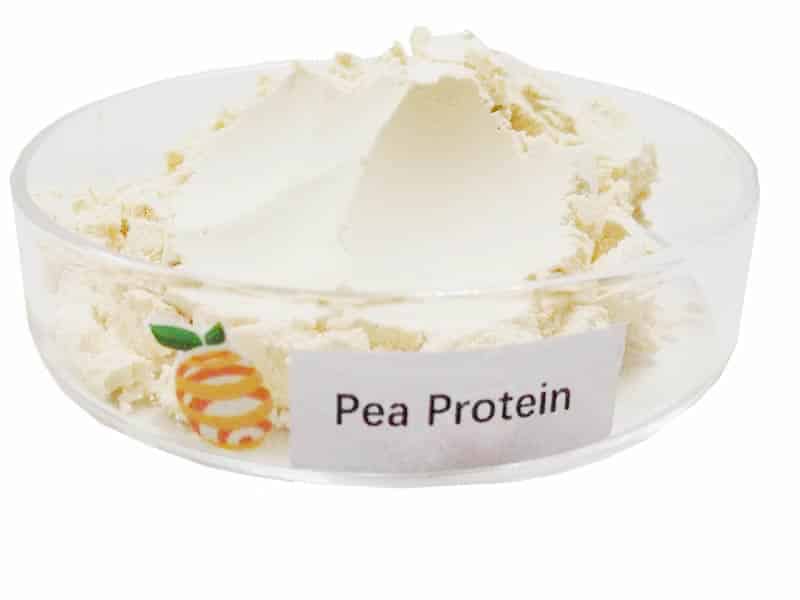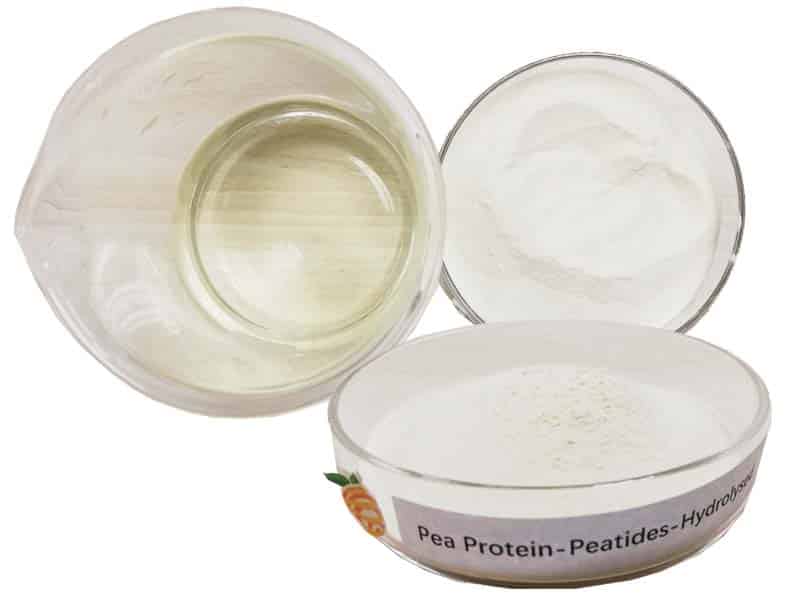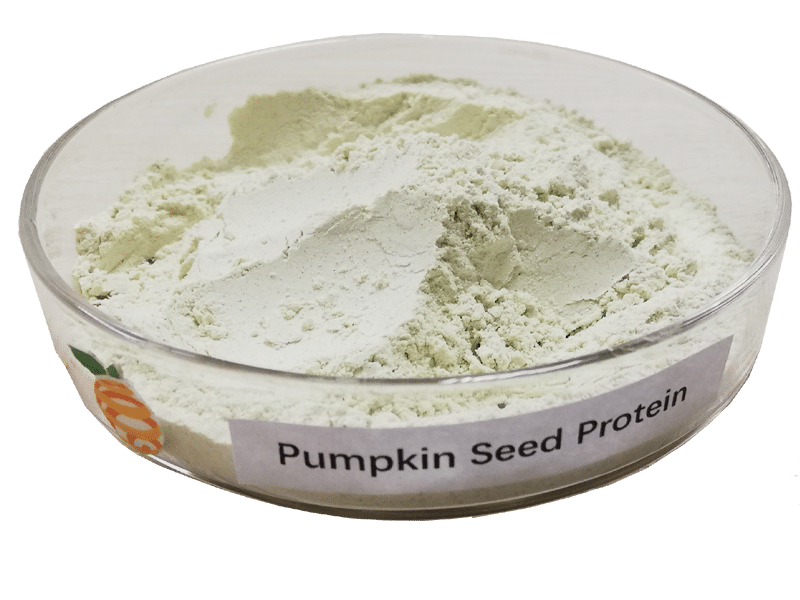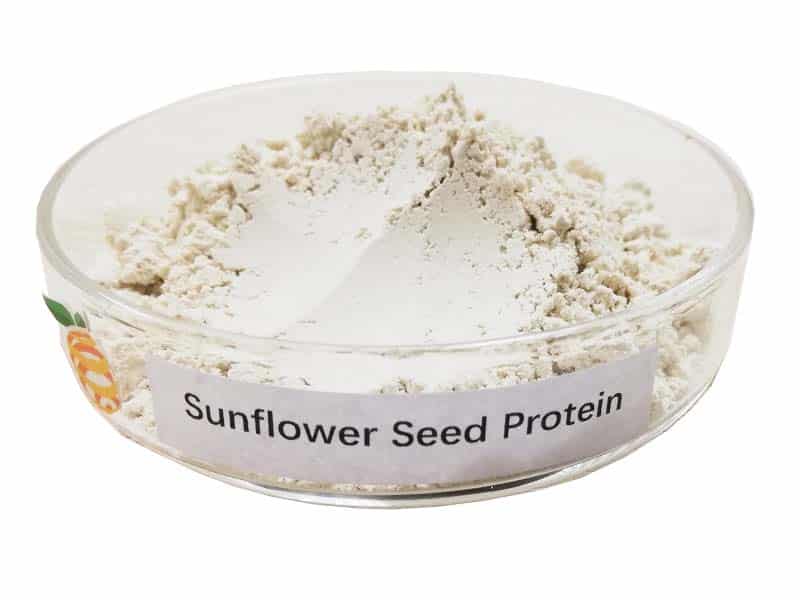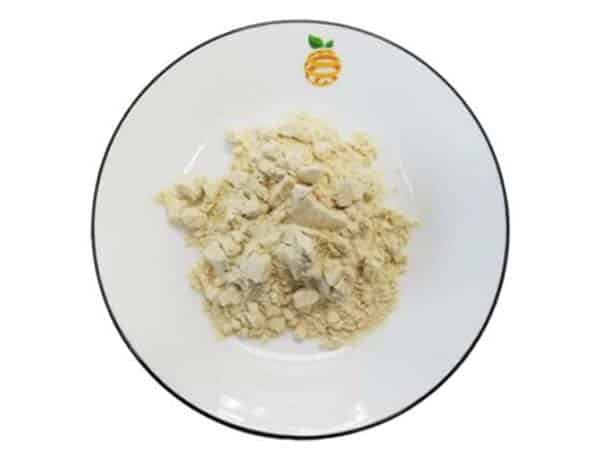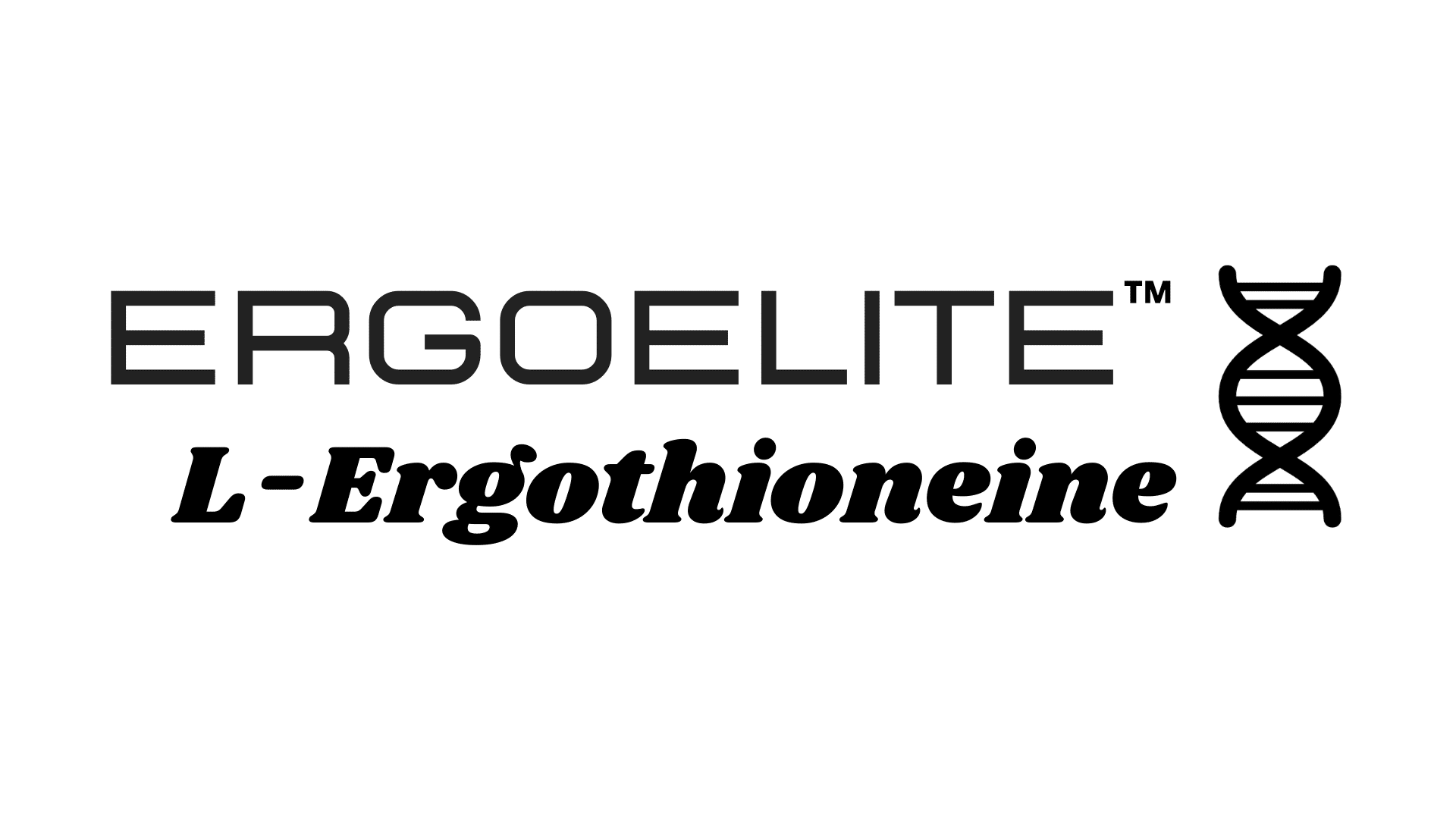How Do You Grow Microalgae In A Lab?
-
Table of Contents
- Microalgae Cultivation in the Laboratory: Techniques and Tips
- Understanding Microalgae and Their Requirements
- Setting Up the Laboratory for Microalgae Cultivation
- Steps to Cultivate Microalgae in the Lab
- Challenges and Solutions in Microalgae Cultivation
- Case Studies and Examples of Successful Microalgae Cultivation
- Conclusion: Key Takeaways for Growing Microalgae in a Lab
- Discover ETprotein’s High-Quality Protein Products
Microalgae Cultivation in the Laboratory: Techniques and Tips
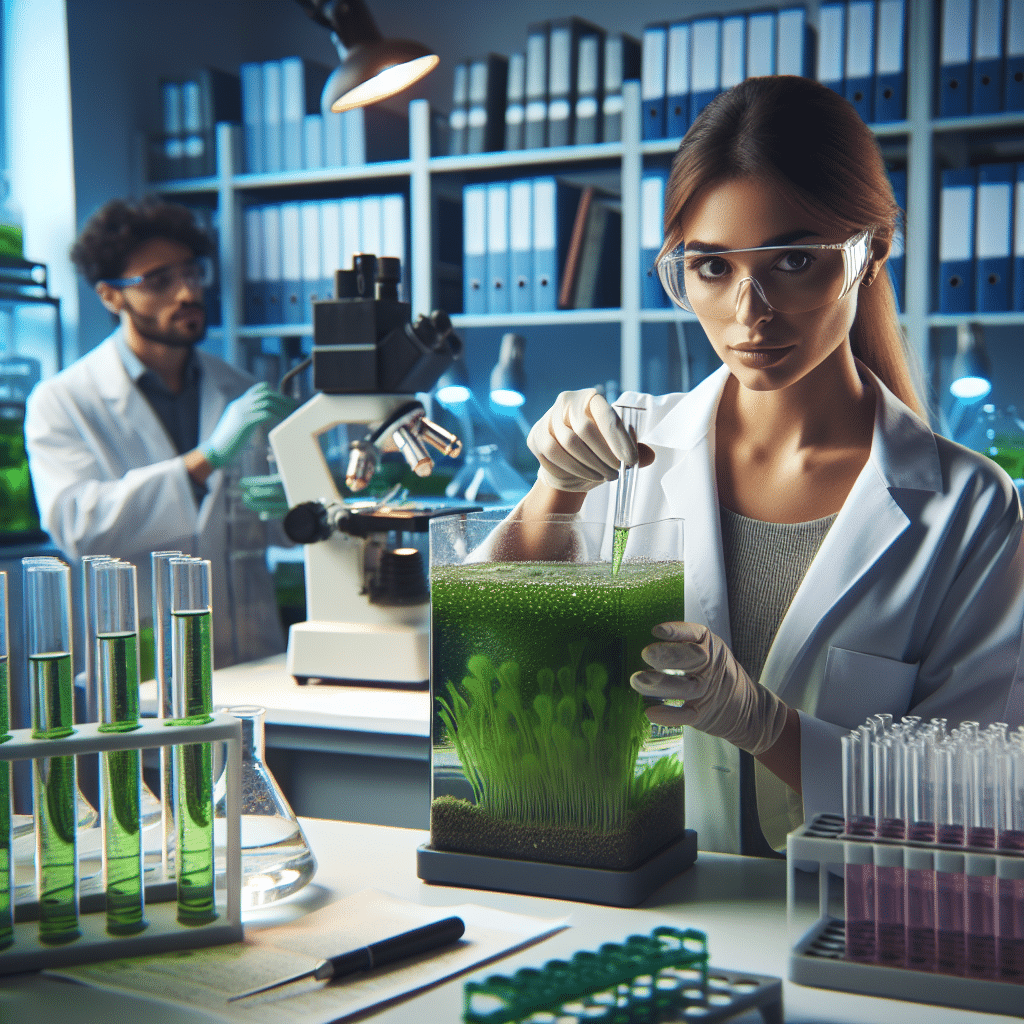
Microalgae are microscopic algae, typically found in freshwater and marine systems. They are important biological resources due to their ability to perform photosynthesis and produce biomass, which can be used for various purposes including biofuel production, wastewater treatment, CO2 sequestration, and as a source of natural pigments and pharmaceuticals. Growing microalgae in a lab setting is crucial for research and commercial applications. This article will explore the methods and considerations for cultivating microalgae effectively in a laboratory environment.
Understanding Microalgae and Their Requirements
Before diving into the cultivation process, it is essential to understand the basic needs of microalgae. These include light, carbon dioxide, water, and a range of nutrients such as nitrogen, phosphorus, and trace elements. The specific requirements can vary significantly between species, which is why selecting the right conditions is critical for successful growth.
Setting Up the Laboratory for Microalgae Cultivation
To grow microalgae in a lab, you need to create an environment that closely mimics their natural habitat. This involves setting up culture systems that can maintain the appropriate conditions for growth.
- Choosing the Right Culture Vessels: Culture vessels can range from simple flasks and beakers to sophisticated bioreactors. The choice depends on the scale and purpose of the cultivation.
- Lighting: Microalgae require light for photosynthesis. Artificial lighting systems with the right intensity and spectrum are essential for indoor cultivation.
- Temperature Control: Most microalgae species thrive at specific temperature ranges. Using a temperature-controlled room or water baths can help maintain optimal growth temperatures.
- Aeration and CO2 Supply: Aeration provides the necessary gas exchange and prevents settling of the algae. Additionally, a CO2 supply is often required to support photosynthesis.
- Nutrient Media: The growth medium must contain all the essential nutrients. Recipes for common media like BG-11 or f/2 are widely used and can be adjusted based on the algae’s needs.
Steps to Cultivate Microalgae in the Lab
Once the lab is set up, the cultivation process can begin. Here are the general steps involved:
- Inoculation: Start with a pure culture of the microalgae species you wish to grow. Inoculate the culture vessel with a small volume of this stock culture.
- Monitoring Growth: Regularly measure the growth of the microalgae using cell counts, optical density, or chlorophyll concentration.
- Maintaining Conditions: Adjust light, temperature, and nutrient levels as needed to optimize growth.
- Harvesting: Once the culture reaches the desired density, it can be harvested for analysis or further processing.
Challenges and Solutions in Microalgae Cultivation
While the cultivation of microalgae can be straightforward, several challenges may arise:
- Contamination: Bacteria, fungi, or other algae species can contaminate cultures. Sterile techniques and regular monitoring can help prevent and address contamination.
- Optimizing Growth Conditions: Each microalgae species has unique requirements. Experimentation and adjustment of growth conditions may be necessary to achieve optimal results.
- Scaling Up: Transferring lab-scale cultures to larger systems can be difficult. It’s important to maintain consistent conditions during scale-up to ensure successful growth.
Case Studies and Examples of Successful Microalgae Cultivation
Many research institutions and companies have successfully cultivated microalgae for various applications. For instance, the production of biofuels from microalgae has been extensively studied, with some facilities achieving large-scale production. In the pharmaceutical industry, microalgae like Spirulina and Chlorella are grown for their health benefits and are marketed as dietary supplements.
Conclusion: Key Takeaways for Growing Microalgae in a Lab
Growing microalgae in a laboratory setting is a delicate process that requires careful planning and monitoring. By understanding the specific needs of the microalgae species, setting up the appropriate culture systems, and maintaining optimal growth conditions, researchers and biotechnologists can cultivate microalgae effectively. The potential applications of microalgae are vast and continue to expand as we discover more about these fascinating organisms.
Discover ETprotein’s High-Quality Protein Products
If you’re interested in the nutritional potential of microalgae and other plant-based proteins, ETprotein offers a range of high-quality protein products. Their selection includes organic rice protein, pea protein, and various seed proteins, all characterized by a neutral taste and non-GMO, allergen-free attributes. ETprotein’s L-(+)-Ergothioneine (EGT) products are available in various grades, including pharmaceutical, food, cosmetic, reference, and standard, with purity over 98% and 99%. These products are ideal for industries such as nutraceuticals, pharmaceuticals, cosmeceuticals, veterinary, and food and beverage. For more information or to sample their products, please contact ETprotein.
About ETprotein:
ETprotein, a reputable protein and L-(+)-Ergothioneine (EGT) Chinese factory manufacturer and supplier, is renowned for producing, stocking, exporting, and delivering the highest quality organic bulk vegan proteins and L-(+)-Ergothioneine. They include Organic rice protein, clear rice protein, pea protein, clear pea protein, watermelon seed protein, pumpkin seed protein, sunflower seed protein, mung bean protein, peanut protein, and L-(+)-Ergothioneine EGT Pharmaceutical grade, L-(+)-Ergothioneine EGT food grade, L-(+)-Ergothioneine EGT cosmetic grade, L-(+)-Ergothioneine EGT reference grade and L-(+)-Ergothioneine EGT standard. Their offerings, characterized by a neutral taste, non-GMO, allergen-free attributes, with L-(+)-Ergothioneine purity over 98%, 99%, cater to a diverse range of industries. They serve nutraceutical, pharmaceutical, cosmeceutical, veterinary, as well as food and beverage finished product distributors, traders, and manufacturers across Europe, USA, Canada, Australia, Thailand, Japan, Korea, Brazil, and Chile, among others.
ETprotein specialization includes exporting and delivering tailor-made protein powder and finished nutritional supplements. Their extensive product range covers sectors like Food and Beverage, Sports Nutrition, Weight Management, Dietary Supplements, Health and Wellness Products, and Infant Formula, ensuring comprehensive solutions to meet all your protein needs.
As a trusted company by leading global food and beverage brands and Fortune 500 companies, ETprotein reinforces China’s reputation in the global arena. For more information or to sample their products, please contact them and email sales(at)ETprotein.com today.

